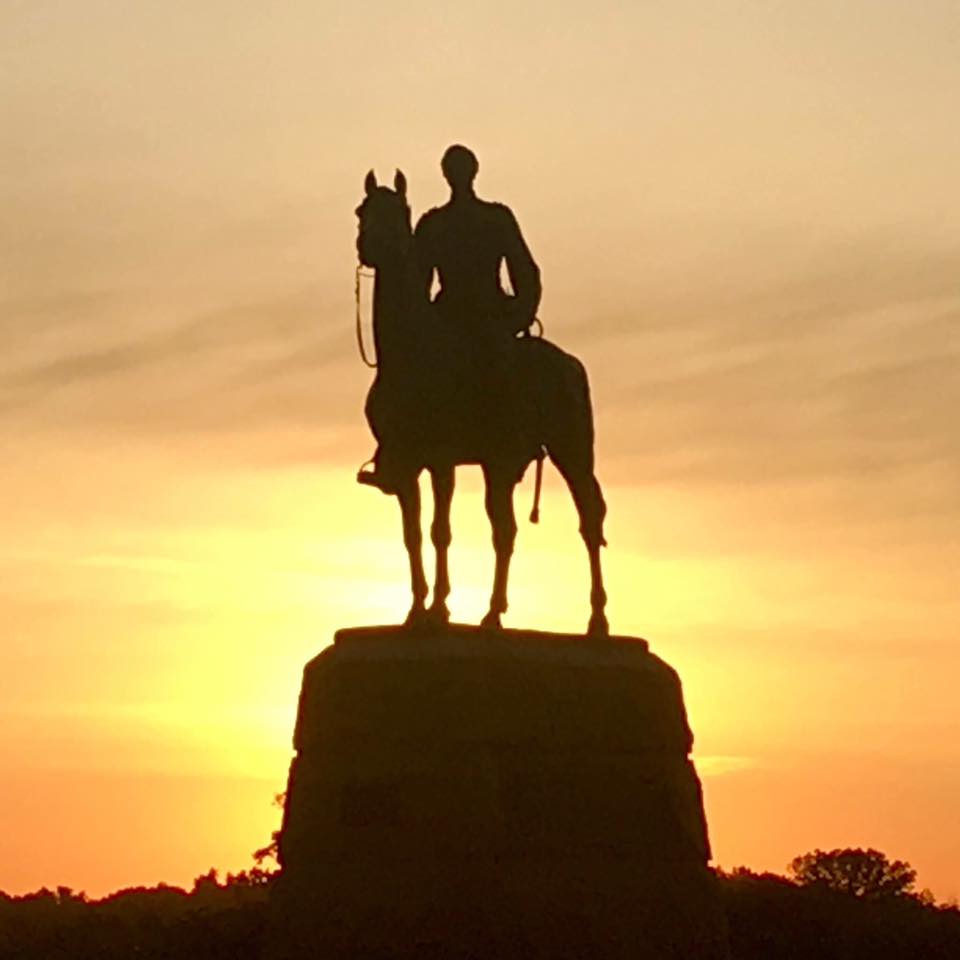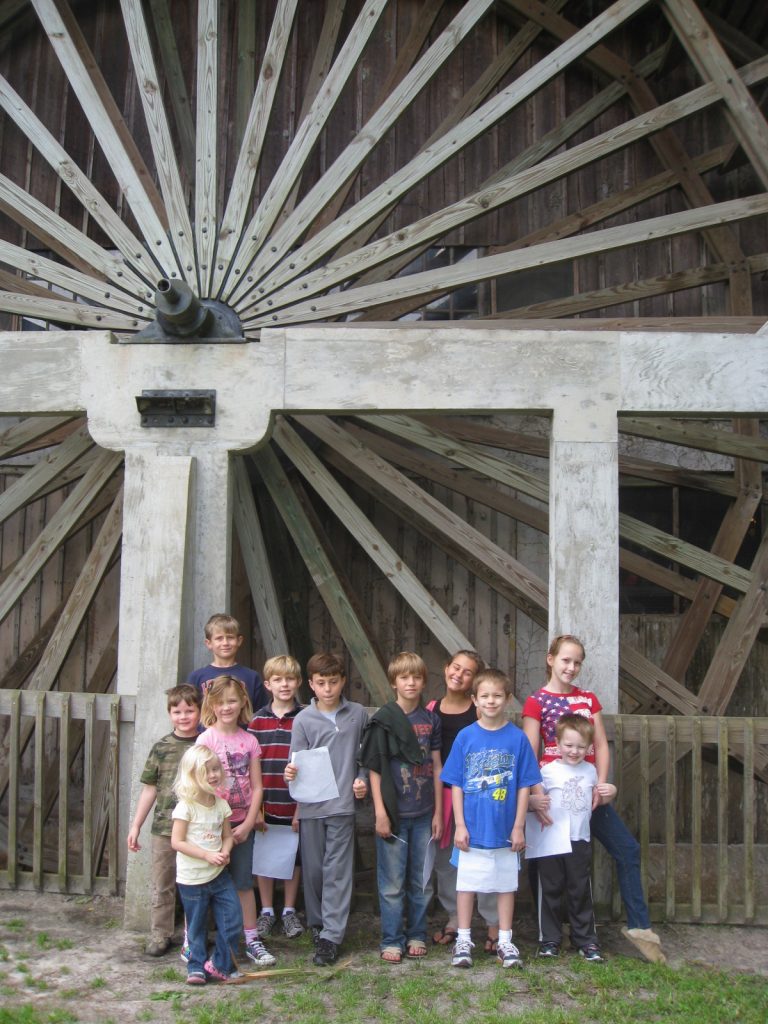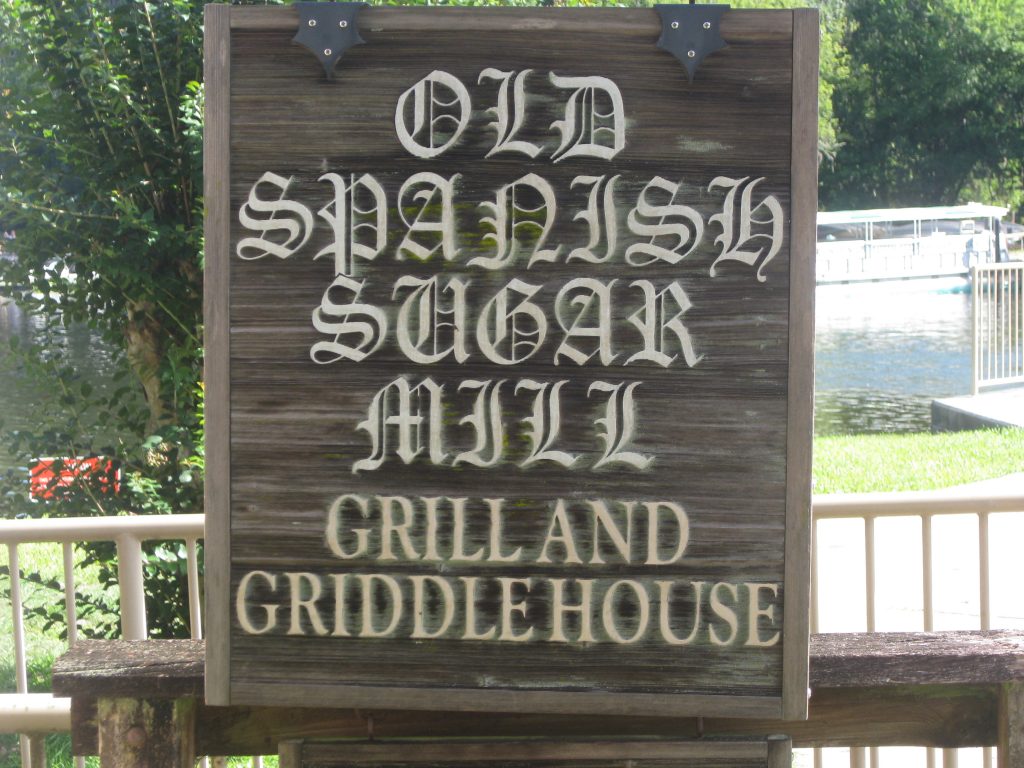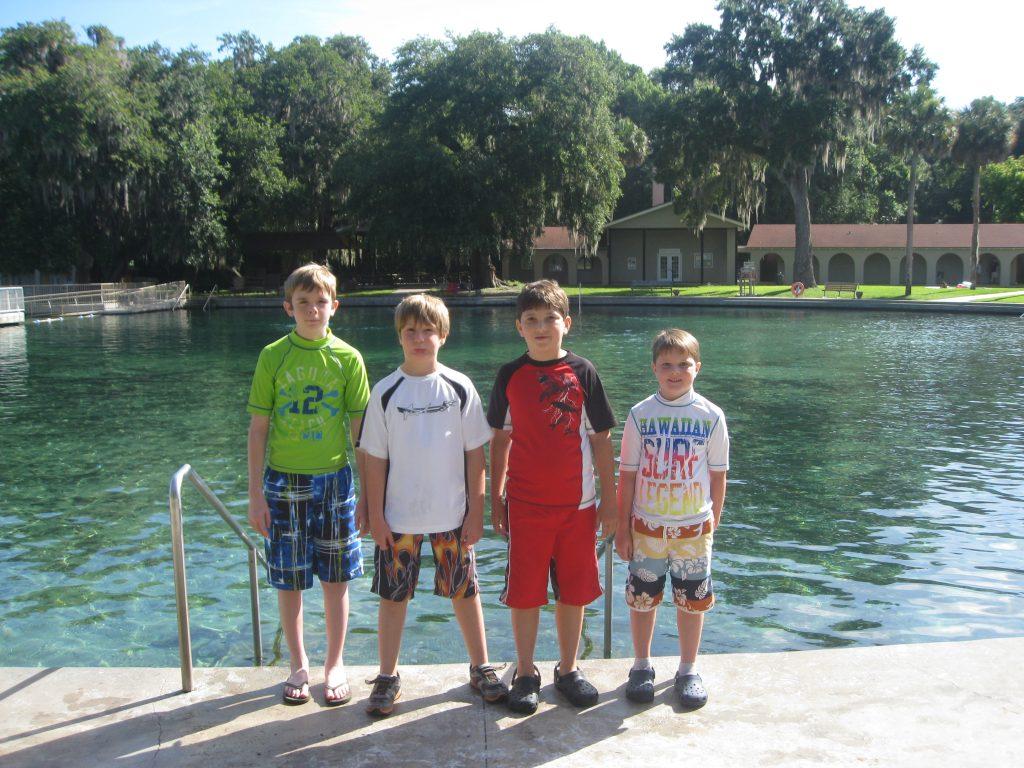Field Expedition: History
Our video is from a visit to Marjorie Kinnan Rawlings state park. She is a Pulitzer Prize-winning author for The Yearling. She also wrote Cross Creek and many other books based on life in Florida during the early 1900s.
Her Florida farmhouse in Hawthorne is a state park. It is a place to discover nature, historical information about living in rural Florida in the 1930s and the legacy of a famous author.
Literature can be a link to living history and a bridge to explore wild places right where you live.
Looking at parks from an educational standpoint can enrich learning for all ages in your family. Pack a lunch and head out on a day trip to discover what is available in your state.
Finding History in your Community
History and a Spring
Deleon Springs State Park is less than twenty miles from our home. We had heard that it was a fun place to visit, but we never made time to check it out until just a few years ago. Turns out it is an educational paradise.
Upon arrival, we were in awe of some of Florida’s beautiful old oak trees scattered all over the property. It sets the tone for the tourist destination of old that Deleon Springs once was.
It is said that Ponce Deleon came here in search of the fountain of youth and healing properties of the water. The Timucuan Indians called this and the surrounding ground home for centuries.
In the 1800s vacationers were brought by steamboat to this paradise for swimming and relaxing, and for the water-skiing elephant too.
We started our day at the Sugar Mill. This hundred-year-old mill sits right by the shore of the river and is now fashioned as a make-your-own pancake house. The griddles are built right into the tables. My son Grant has been known to down more pancakes than he weighs.
A boat tour was available and well worth it. We had an up-close and personal tour of what makes this the real Florida. The wildlife abounds and if you are a birder, be ready. A small museum behind the spring is full of history at Deleon Springs. The cases full of artifacts give this an educational stamp of approval. From Indian tools, clothing, war remnants, shells, animal bones and even photos of the skiing elephant.
We watched divers explore the spring. The water temperature is 72 degrees. There was a wonderful shallow area where small children could enjoy the water too.
This state park offered more than we could take in in one day. We needed to come here on a regular basis. I asked the park ranger if any special events were held at the park. I found out they host an annual Civil War re-enactment and an Indian pow-wow. I had no idea all this was going on right in my own county.
What we discovered:
-
History from early Native Americans, the Civil War, and Florida’s resort movement.
-
Artifact museum on the premises.
-
Educational boat tour, fishing, kayaking and wildlife watching.
-
Walking trails and hiking.
-
Natural spring formation.
-
Playground, ground space to set up chairs and watch the children swim.
-
Historic sugar mill turned pancake house.
-
Yearly host to re-enactments and pow-wows.
Park Activities
-
Letterboxing is an outdoor hobby that combines elements of orienteering, art, and puzzle solving. A small, weatherproof box is hidden in publicly accessible places. Clues to finding the boxes can be found on several websites like letterboxing.org.
Individual letterboxes contain a notebook and a rubber stamp. A true letterboxer carves their own stamp. Finders make an imprint of the stamp in their personal notebook, and leave an impression of their personal signature stamp on the visitors’ book or logbook. It is a fun way for the box owner to know who has visited their box and a record of the boxes you have found.
Geocaching is an outdoor activity using a GPS, Global Positioning System to find hidden containers or caches. Usually, there are trinkets inside for children. The idea is if you take something you leave something.
Geocaching also uses a logbook system to record who has visited the cache. Most state and National Parks have official geocaches hidden within the parks. This activity is known internationally. Visit geocaching.com
-
Create historical scavenger hunts using the markers and signs throughout the park you are visiting. Have children look for specific historical people’s names, events or artifacts.
-
Ranger Led programs about the specific part you are visiting.
History-Based Literature
-
The Timucua Indians, A Detective Story, Weitzel
-
Good Hunting, Blue Sky, Peggy Parish
-
Rose’s Journal: The Story of a Girl in the Great Depression, Marissa Moss
-
Dust for Dinner, Ann Turner
-
A Year Down Yonder, Richard Peck
-
Misty of the Chincoteague, Marguerite Henry (and her sequels)
-
Brave the Wild Trail, Milly Howard
-
Strawberry Girl, Lois Lenski
-
Sarah Whitcher’s Story, Elizabeth Yates
-
Daniel Boone, Janet Benge
-
John Muir: America’s First Environmentalist, Kathryn Lasky
-
Squirrel and John Muir, Emily McCully
-
PBS series National Parks – America’s Best Idea



